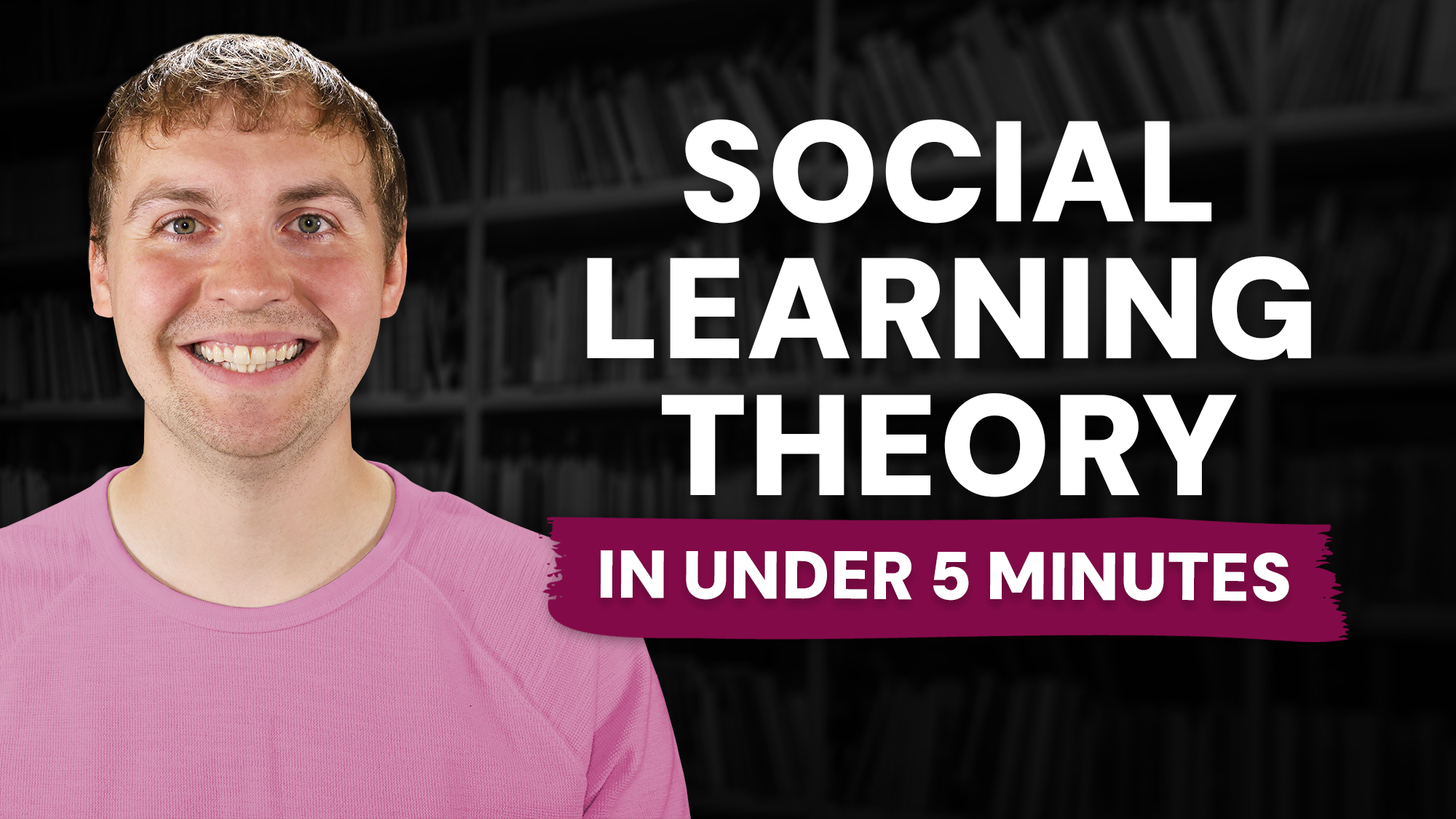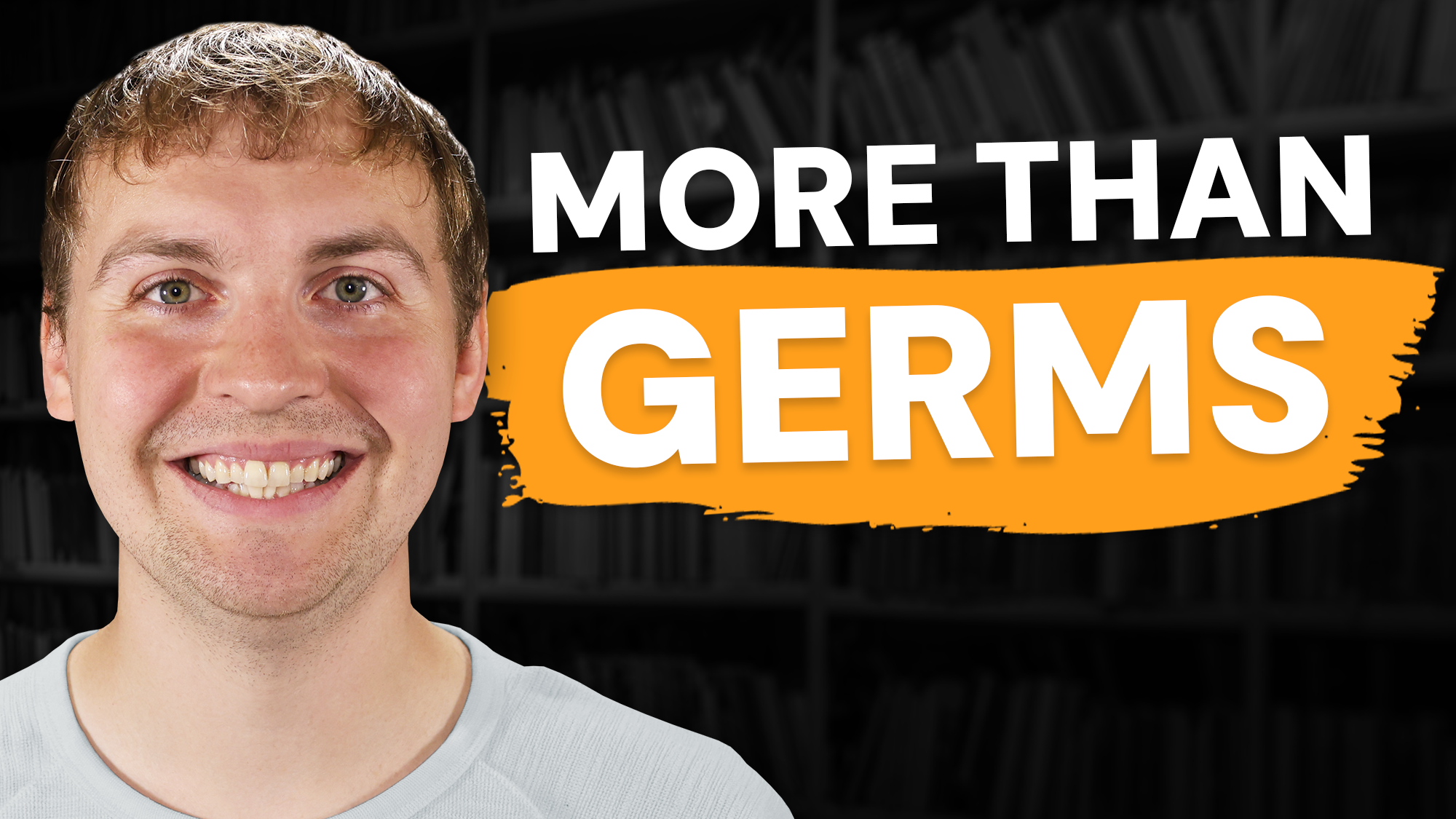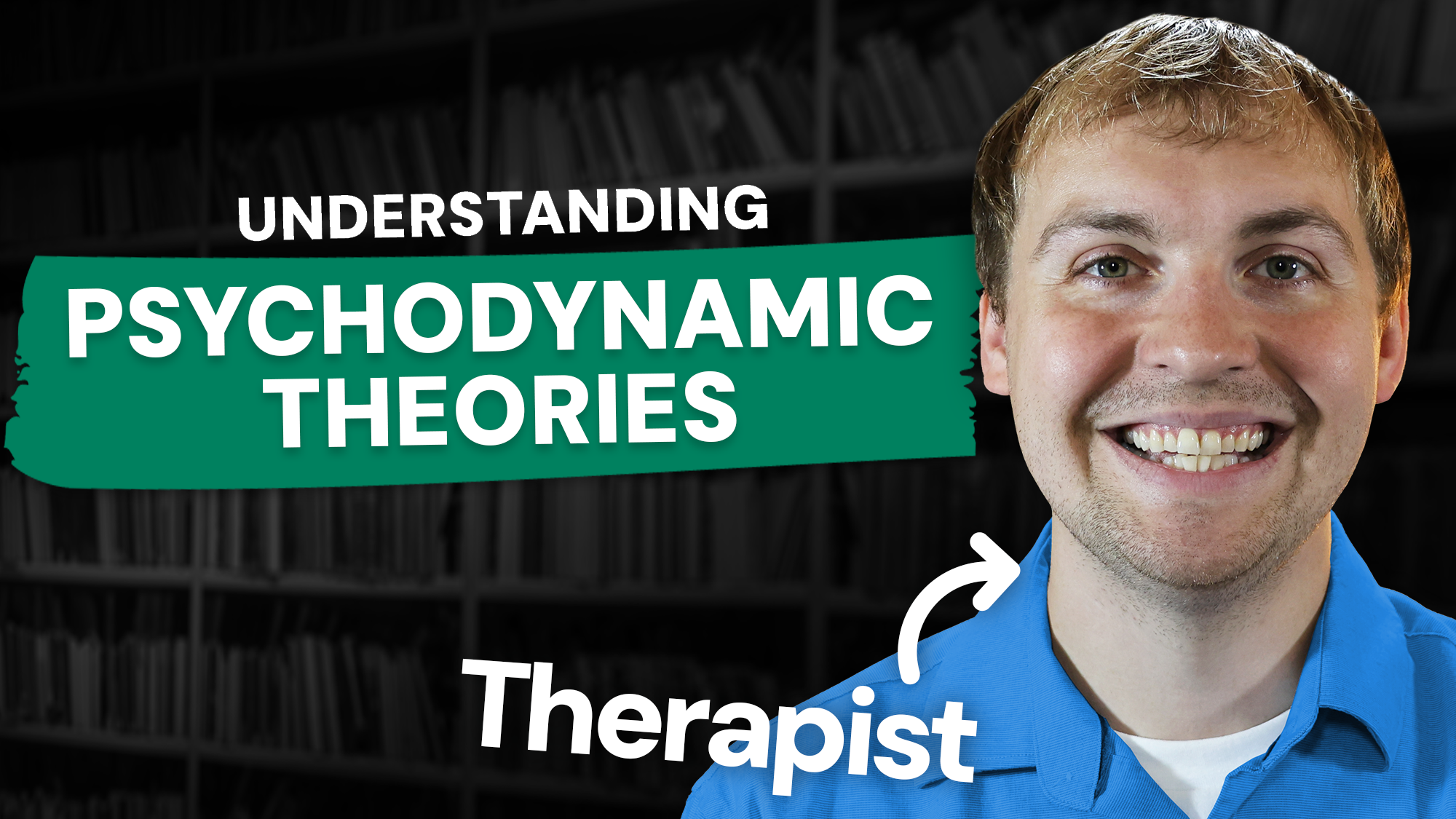
What are obsessions? What are categories of obsessions? We’re covering those questions and more here as we dig in and discuss the many different ways obsessions can show up!
On the National Counselor Examination (NCE), the Counselor Preparation Comprehensive Examination (CPCE), or another counseling exam, you may come across questions related to diagnoses from the Diagnostic and Statistical Manual of Mental Disorders, fifth edition, text revision (DSM-5-TR). This video will help you understand the obsession part of Obsessive-Compulsive Disorder (OCD).
In this case, we’re talking about obsessions related to Obsessive-Compulsive Disorder, or OCD. For those with OCD, they will struggle with obsessions, compulsions, or both. Here, we’re just going to focus on obsessions and what those look like.
Obsessions are thoughts, images, or urges that repeatedly pop into a person’s mind. The person doesn’t want the thoughts there, but the thoughts keep coming back and lingering. Obsessions are not worries though, they are different. Worries are possible negative things that could happen in your life, like not getting the job you’re interviewing for. Worries will usually make some sense based on what’s happening. Obsessions, however, may not make sense as they’re something you would never do or they might not fit your personality.
We’re going to break down eight possible categories of obsessions that are outlined in the Yale Brown Obsessive-Compulsive Scale, the gold standard for assessing OCD.
Aggressive Obsessions
The first category we’ll discuss is aggressive obsessions. These are obsessions that are focused on harming oneself or others, or that generally involve others.
This category can show up in multiple ways, so this is definitely not a full list. For some people, they may struggle with holding a fork as they fear that they might hurt themselves or someone else with the fork. Keep in mind, they don’t want to do this. Instead, the person might have these intrusive thoughts or images about something like this and that’s what can make the obsession so distressing for people.
Also in this category, people may have obsessive thoughts about accidentally poisoning themselves or others or about not noticing that someone needs help and then not providing assistance. They may struggle with intrusive images of graphic or disgusting scenes. Additionally, people might fear that they’ll act on an impulse, such as driving their car into oncoming traffic.
Contamination Obsessions
Second, is the Contamination category. This is the most stereotypical category of obsessions. In this category, people may struggle with thoughts that they’ll catch a disease from bodily fluids in a public restroom, they may have concerns related to touching door knobs or shaking hands due to fears of germs. The person might also struggle with fears related to asbestos, radon, or other toxic substances. They may fear getting sick because of some sort of contamination, or that they will pass on an illness to others.
As is the often seen in stereotypical depictions of OCD, people struggling with obsessions related to contamination may struggle with shaking hands, opening doors, or picking items up off the ground. That said, keep in mind that the way any category of obsession can show up is going to be unique to the person with the obsession. That said, there tends to be common ways obsessions show up.
Note: Before we get to the third category, I want to mention again. Obsessions are not thoughts, images, or urges people want to have—and they are not things people want to do. The obsessions gain power because the person does not want to do them, and they are then bothered by these being in their mind.
Sexual Obsessions
Sexual obsessions are the third category. Here, a person may worry that they will be sexually violent toward another person, and for some these worries are specifically related to children. They might struggle with sexually violent images that they can’t get out of their mind, including toward friends or family. Another form of sexual obsession that people can have is related to their sexuality. Here, the person has to be confident in their sexual orientation. They then may worry that they have their sexual orientation wrong or that something might happen to change their sexual orientation.
Religious Obsessions
The next category of obsessions are those that are religious in nature. With these obsessions, people may fear that they’ve done something blasphemous, meaning that they fear they’ve done something against God’s wishes, or whatever their higher power is. They may obsess about morality and doing the “right thing”. They can also have concerns that they’ll be punished if they don’t do something that is aligned with their religious views.
Hoarding & Saving Obsessions
The fifth category is hoarding or saving obsessions. With these, people may fear that they have to save certain items. These might be things that most would consider unimportant. Examples could be saving sticks, old candy wrappers, or old newspapers. Often, people will fear that if they throw the items out that they will be needed again in the future or that something bad will happen if they’re not saved.
Symmetry & Exactness Obsessions
Symmetry and exactness obsessions are the sixth category. When people have these obsessions, they often feel that things have to be “just so”. They may have fears about what would happen if books are not lined up in a specific way, or have concerns about if they’ve done calculations correctly. In some cases, people may feel they need to have their handwriting be perfect, starting over any time their handwriting strays from exactly the way they think it should be.
Somatic Obsessions
With somatic obsessions, the seventh category, people will struggle with thoughts, images, and urges related to their body. They may end up going to the doctor frequently out of fears that they have a serious health condition, like cancer or heart disease. Even when their medical provider does not find any health conditions, the person may not believe this and may be concerned that the doctor missed something. For some with these obsessions, they might fear that a part of their body is deformed, or that people see it as ugly.
Miscellaneous Obsessions
The last category is a general category of miscellaneous obsessions. These don’t fit into the other categories, but are obsessions that are common for people with OCD. This might include fears that they have to remember certain things, like license plates or old phone numbers. It might also include concerns about superstitious things, like the number thirteen, blood, black cats, or cemeteries. It could include general obsessions about death or things associated with death, like a hearse. For some people, they may have obsessive nonsense sounds, words, numbers, or music that dominate their mind.



If you or someone you know are needing immediate mental health assistance, please call or text 988, contact a local emergency telephone number, or go to the nearest emergency room.
By interacting with this website and channel, this does not constitute a therapist/client relationship. This content is intended for the purposes of entertainment and mental health education.
View additional disclaimers and notices on our Disclaimers page.